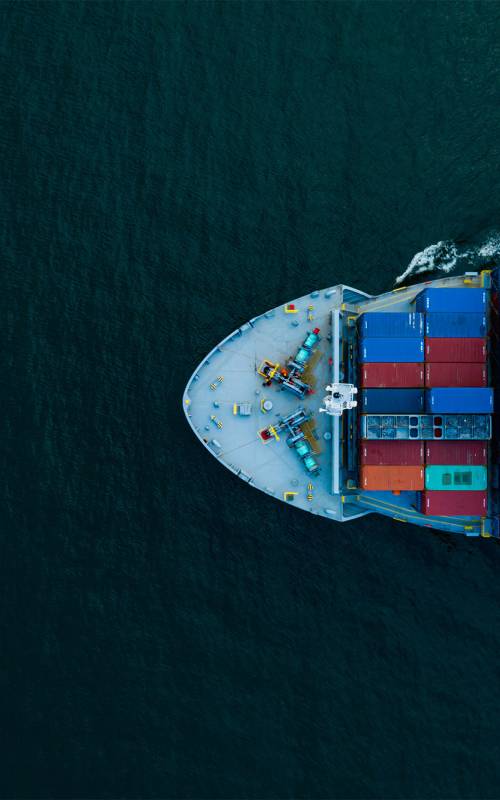Information on inland transport
The term internal traffic is defined by the total number of traffic operations within a given traffic cell. The starting point and destination, also known as source and sink, must be located within this network.
With the aim of creating a homogeneous transport market, the European Parliament has established a broad legal basis to facilitate freedom of establishment and freedom to provide services. A first outcome, which concerned road transport, laid down harmonisation and mutual recognition of the rules drawn up with regard to professional licences. It was also decided to open up the freight transport market. However, this process has been very slow. It was not until October 1993 that it was possible for a freight forwarder to obtain unrestricted access to EU territory. Inland transport also includes the transport of dangerous goods. A safety provision obliges any freight forwarder involved in this type of transport to appoint one or more safety advisers to reduce the risks.
New legal bases have also been created by the European Parliament for the seafreight. A primary objective is to keep the major shipping routes free for all market participants. The principle of freedom to provide services has been included in a so-called 'maritime package'. It aims to protect the Union from unfair competition from the merchant fleets of some third countries. With the liberalisation of maritime cabotage in January 1993, non-resident cargo vessels will have free access to the sea if they operate vessels registered in an EU Member State. Another regulation for seafreight was adopted in October 1986. It concerned the application of competition rules to international maritime transport. It also protected cargo ships against unfair competition and restrictive practices by third parties.
A further basis for internal transport was drawn up by the European Parliament with regard to tax harmonisation within the EU. In addition to an agreement on VAT in transport services, a directive on excise duties on mineral oils was agreed. Some agreement was thus reached in these areas in October 1992. A further directive, adopted in June 1999, introduced or introduced charges for the use of certain transport routes in the EU. This directive provides, inter alia, for minimum and maximum rates of duty for the use of motorways and motorways, tunnels, bridges and mountain passes. The aim is again to reduce competitive disadvantages.



